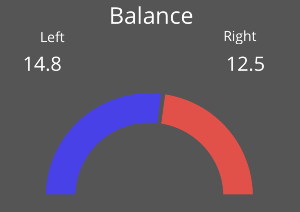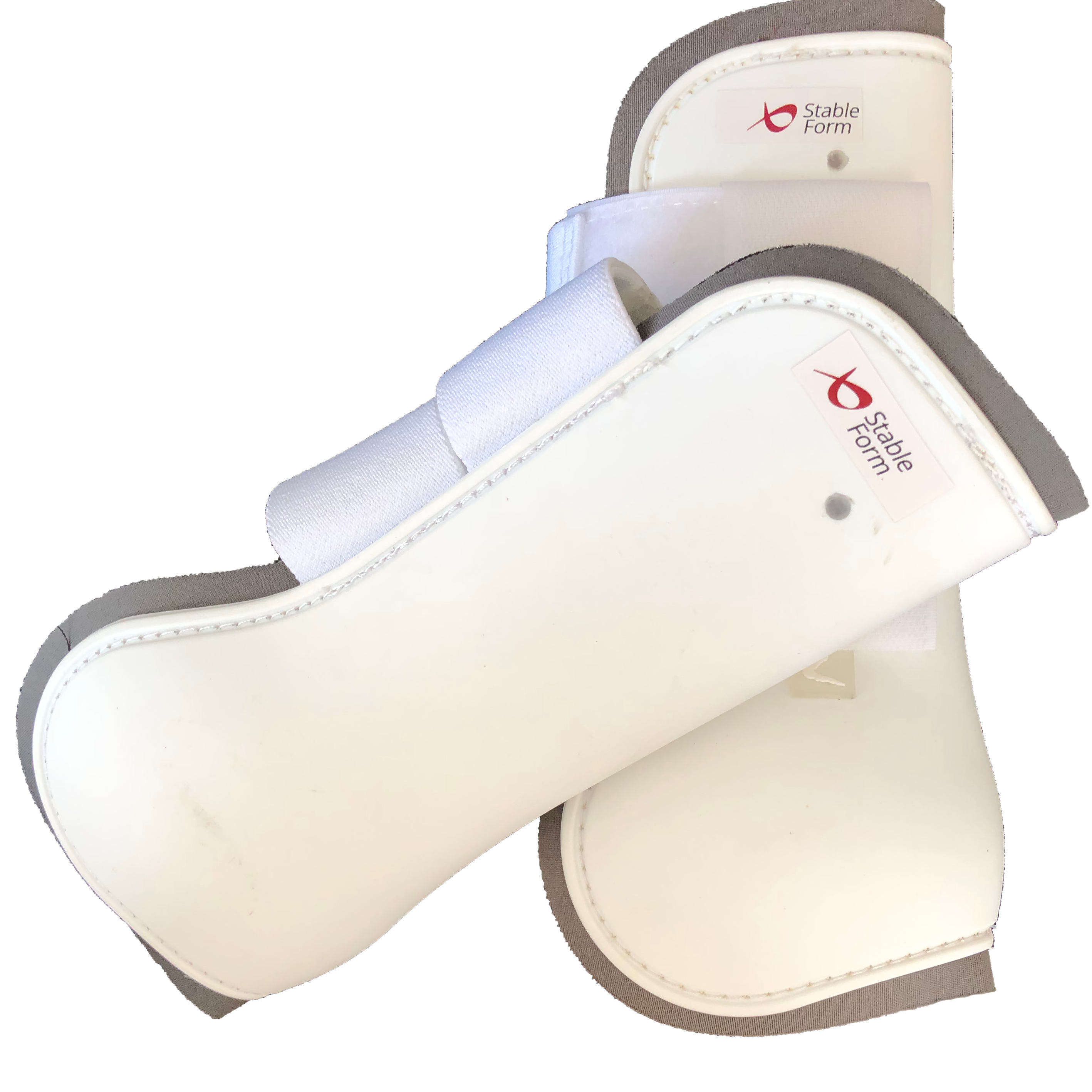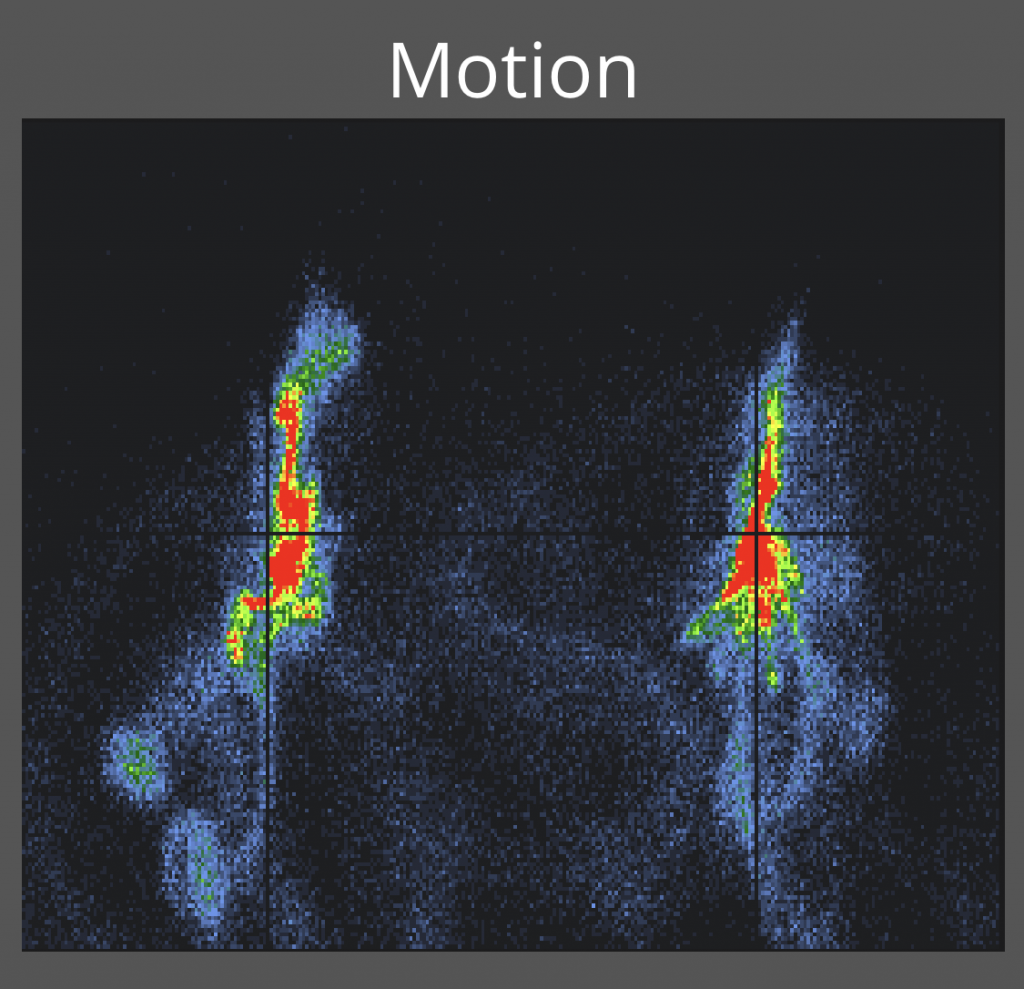
Why you should care about stride balance in a horse
- Posted by Ken Fretwell
- On March 13, 2020
- 0 Comments

At StableForm we have recognised for a long time, that the change in gait of a horse is not a random occurrence. It usually indicates something more serious happening, but is also very tricky to observe by a jockey, trainer, or stable hand. When you think about this from a personal perspective, if you injure your leg do you change the way you walk, favour your non-injured side?
Previous attempts at tracking this within the industry required laboratory conditions; perfect light, perfect training surface, and onerous amounts of equipment. Things that are simply not practical in the hustle and bustle of early morning training.
After a long period of testing prototypes with horse trainers in Melbourne, Australia we are now able to supply fetlock guards that measure and track changes in gait. The fetlock guards are built to withstand the rigours of training, but also are simple to use and understand.
Our Fetlock boots measure and record 6 different degrees of motion, sampling this motion 100 times per second (100Hz). This data is streamed over bluetooth to a compatible phone in the Jockey’s pocket (or a phone nearby when treadmilling). Some of this data is broadcast live, however most is processed after a ride is recorded, allowing us to provide in information for the ride, and also aggregate into long term trends. Two of the most important features of this data are highlighted below.
Motion finger print
All horses (and infact anything that moves) will develop a basic pattern of moving over time. These patterns are inherited and learnt as the horse grows up, from taking its first steps, to its first gallop. Whilst modifications to this movement are possible, the older the horse is, generally the more invasive techniques becomes to change motion. If you detect things early, you can fix them far more easily.
We track the motion each hoof makes over the ground, so the left/right and forwards/back motion over the horizontal plane of the ground. This isolates any up/down acceleration, say from the hoof being lifted up off the ground or placed back down, and allows us to see the general pattern the hoof follows. This is the movement finger print, and is a very quick way to see how a horse moves.

The picture of a horses movement fingerprint above is what a jockey or trainer can see in our app. The left fore is on the left and the right fore on the right. The hoofs in this image shows them moving forwards and backwards quite comfortably, with little left/right lateral movement, except at the end of the stride, the blue whisps show the hoofs performing too much lateral movement, in this case due to recovery from an injury.
You can view this movement data live if you are treadmilling a horse, or after track ride.
Force impact
The next piece of movement data we use the most is impact data. We measure how hard each hoof is placed on the surface for every single stride. We also measure how hard the hoof is lifted off the surface for every single stride, giving a range of up/down movement for the left/right hoofs over a track ride or treadmill workout.
This then allows us to look for and identify changes in this movement that almost always indicates soreness/ injury. Typically an injured hoof will show a decrease in impact, and the sound hoof will show an increase as the horse seeks to take it’s weight on the good hoof, to prevent pain in the injured side.

Changes in the balance/impact graph are a very important indicator that normally leads a trainer to take a further look at how the horse is moving, with their normal team of experts and processes.
This data is also tracked over weeks,months and years allowing longer term trends to be identified, and fixed before they become catastrophic.
One thing we have noted of interest is that the use of pain killers is immediately noticeable to a horses movement. A horse showing injury in its data, can have a normal course of pain killers, and the data will show its movement returning to normal.
It’s important to note that we can see many many changes and types of movement, however the graphs and data will not tell you to “Check for a suspensory issue in the Off Fore”, the graphs and data will tell you “Something has changed in the Off Fore impact” which then prompts you as an experienced Horse trainer to use your skills in conjunction with your stables team to perform your normal diagnosis and treatment.

